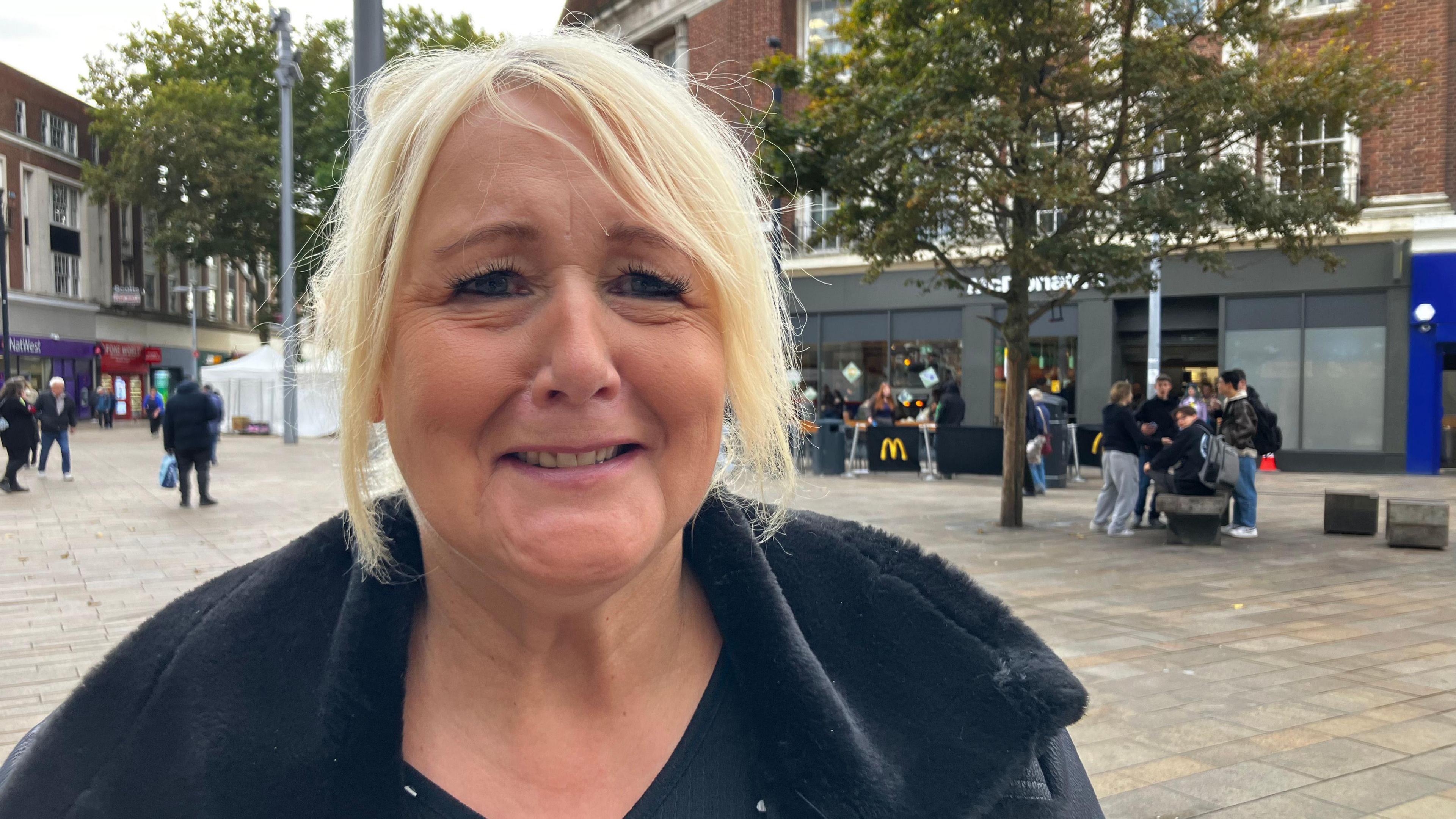How Hull went from UK's 'worst town' to world gem
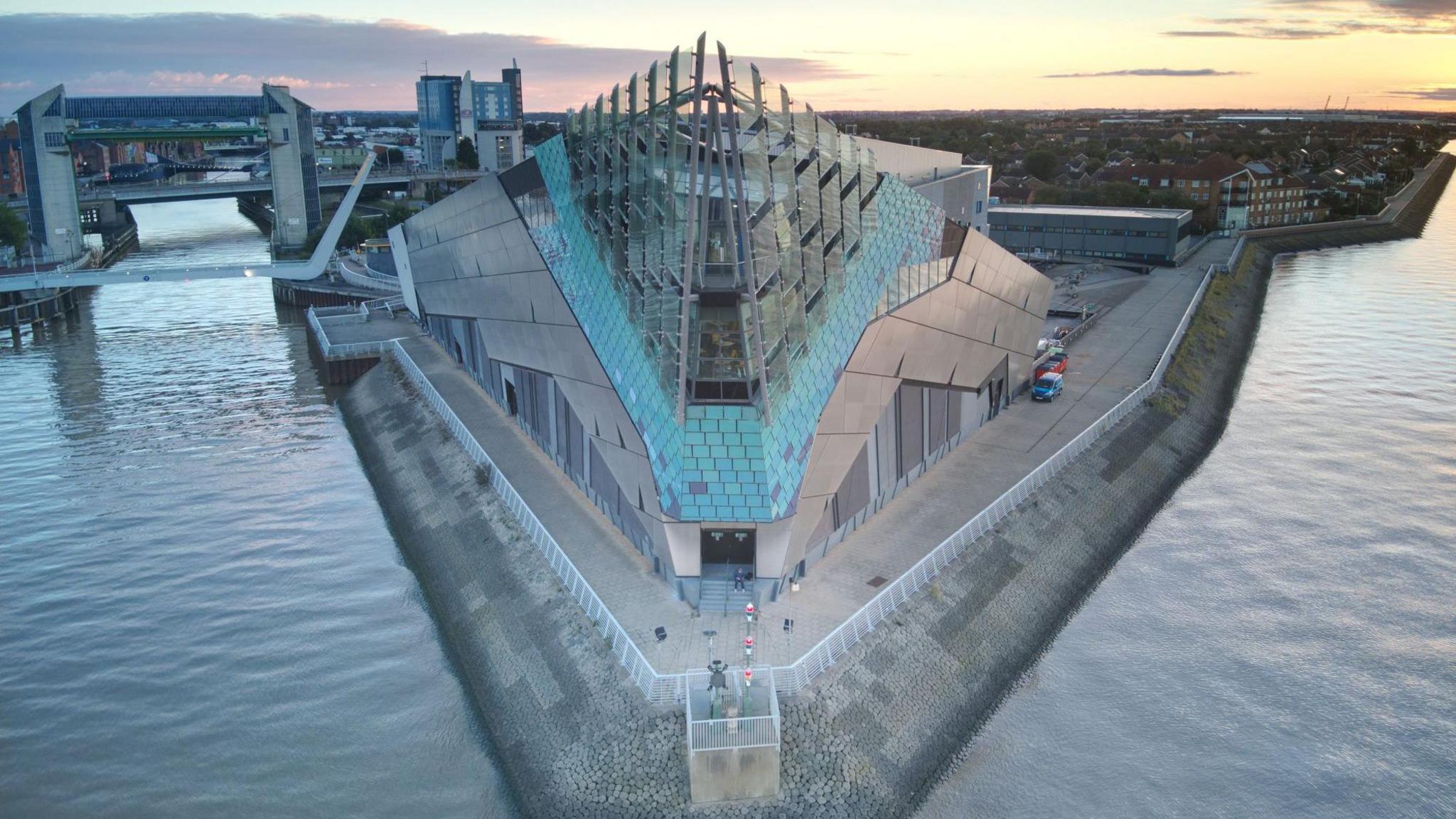
The Deep aquarium is one of Yorkshire's leading attractions
- Published
Hull has been named one of the top 25 global destinations to visit in 2026 by National Geographic in its Best of the World list. So what do people in this Yorkshire city make of it?
Susan Hogan is enjoying an autumnal stroll around Hull Marina – and her Disney T-shirt is apt.
Some people might feel it is taking the mickey for Hull to be mentioned in the same breath as tourism gems like Vancouver, Rio de Janeiro and Hawaii. But not Ms Hogan.
"I'm extremely well travelled," the 66-year-old says. "I'm up to 79 countries now – and I think Hull holds its own."
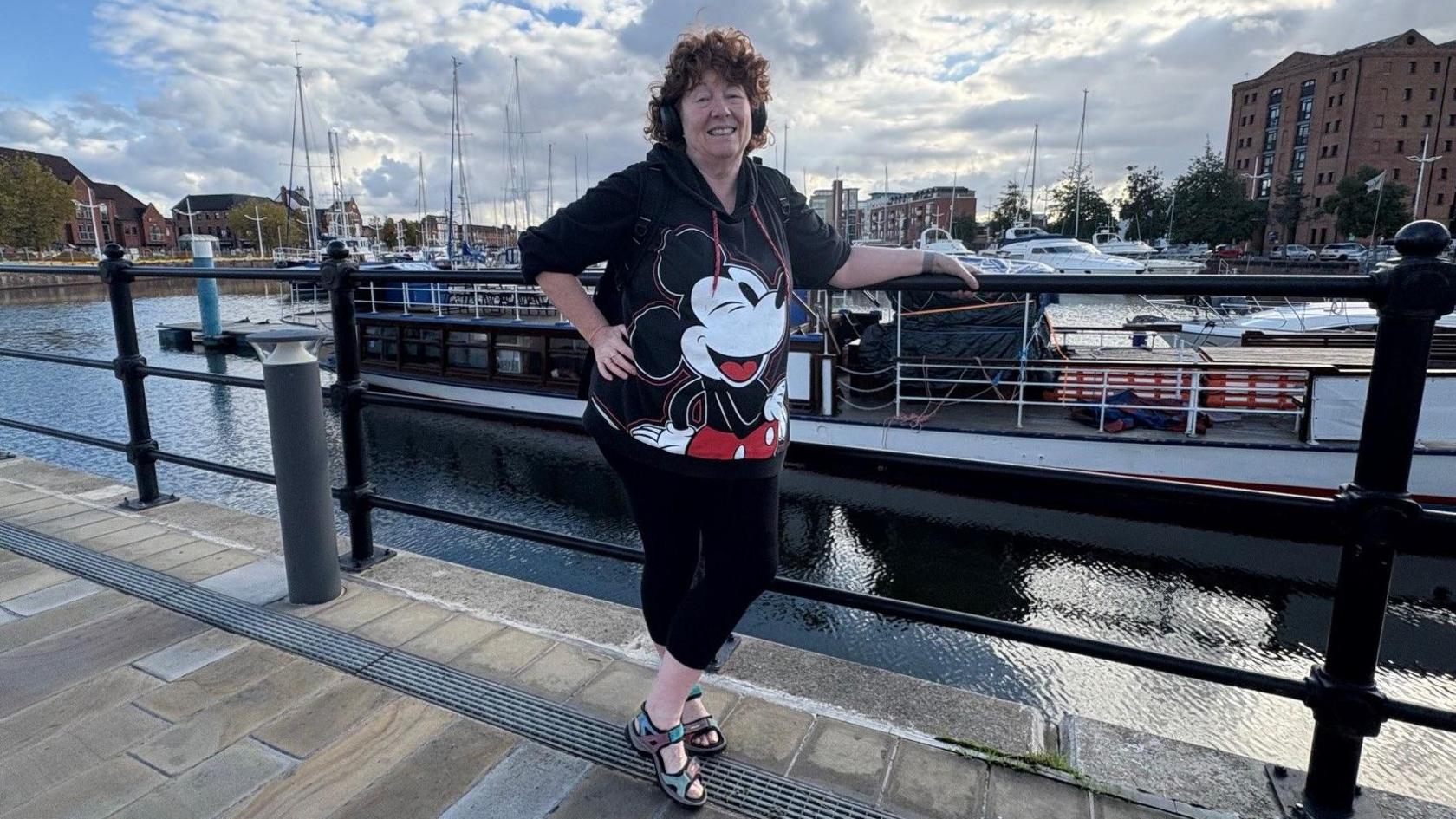
Susan Hogan jokes that Hull could do with a little more sunshine
The sun slips behind a cloud. Looking up, Ms Hogan, a website developer and AI consultant who moved to Hull nearly 40 years ago, quips: "The only thing the city is missing is a big, yellow ball in the sky!"
In 2003, Hull took top spot in the book Crap Towns: The 50 Worst Places to Live in the UK, with one former resident decrying it as "a sad story of unemployment, teenage pregnancy, heroin addiction, crime, violence and rampant self-neglect".
According to the National Geographic listing, external, over the past decade, this "underrated northern England port city" has undergone "significant" revitalisation.
In 2017, it was UK City of Culture.
The magazine also highlights cultural sites such as the Hull Maritime Museum, Spurn Lightship and the Arctic Corsair – a former deep-sea trawler that helps tell the port city's story.
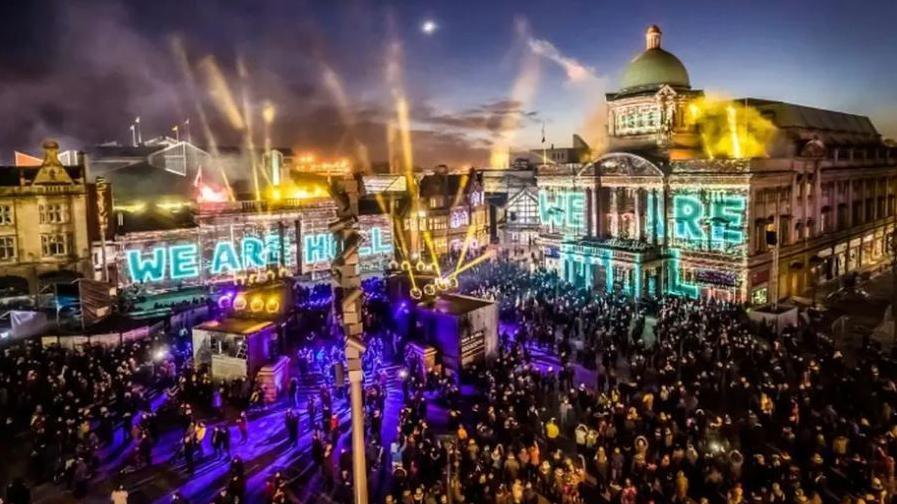
The spectacular launch of Hull's year as UK City of Culture in 2017
Council leader Mike Ross describes being included in the Best of the World list as "powerful recognition of how far our city has come".
"This accolade shines a global spotlight on the incredible work happening across the city, from the transformation of our museums and historic ships to the regeneration of our public spaces and Hull Marina.
"It's a testament to the passion and dedication of our communities, cultural partners and everyone working to make Hull a place people want to visit, explore, and return to."
On the marina, where boats with names such as "Grumpy of Hull" and "My Mate" bob gently up and down, the general feeling is one of surprise mixed with a healthy dose of civic pride.
"I'm shocked," laughs Terry Cook, 66, a retired gas engineer. "If it was just an England or UK list, I wouldn't have been surprised. But the world?"
Mr Cook launches into his thoughts on the failure to get the railway line to Hull electrified in recent decades, before rubbishing "that book from 20-odd years ago".
"There's good and bad parts in any town or city," he says. "What they're doing with the Maritime Museum is good."
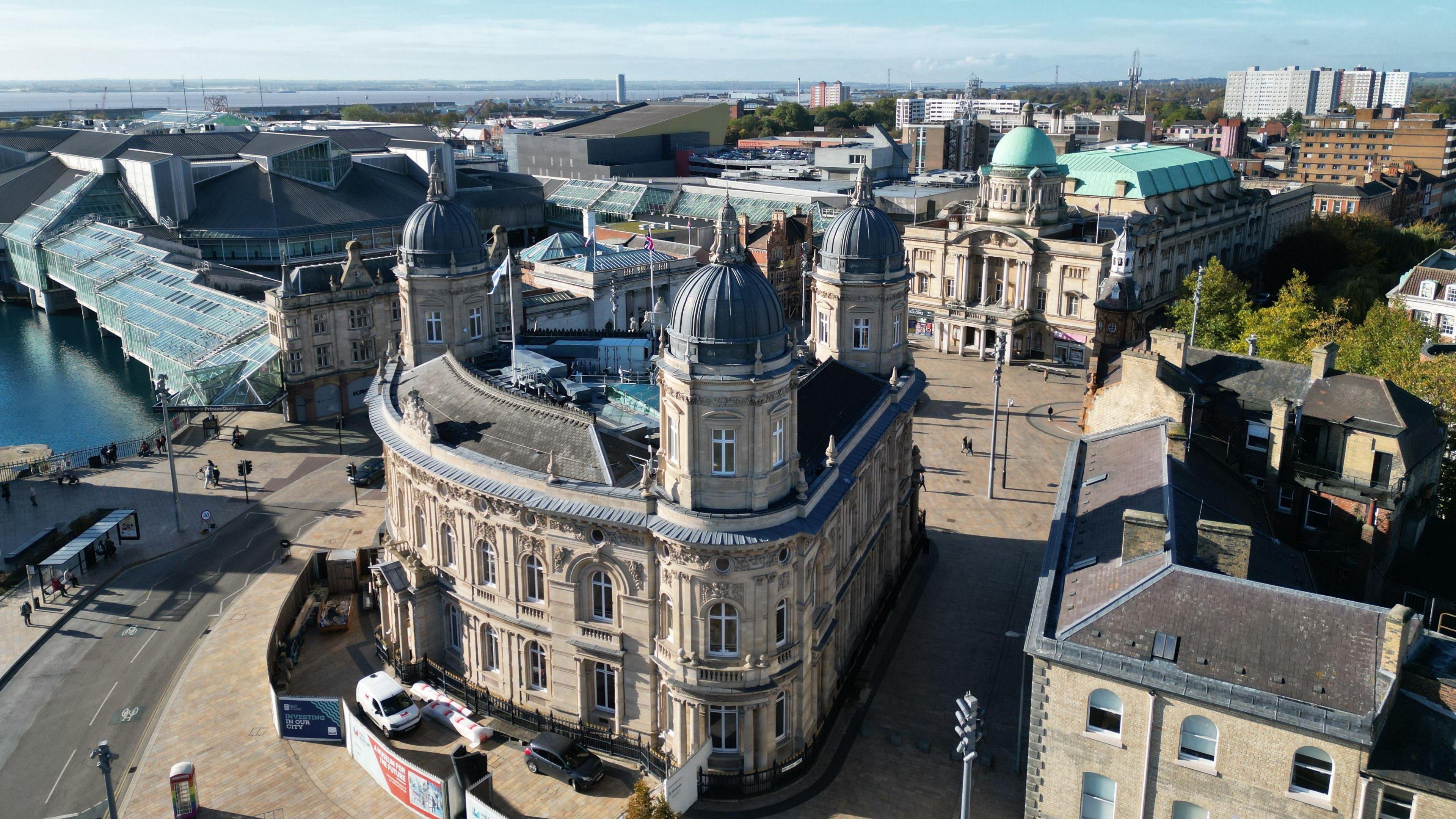
The Maritime Museum, with its three domes, is undergoing major renovations
Renovation work on the museum, which is housed in a grand Victorian dock office building, started in 2021 as part of a £27.5m project to highlight the city's maritime heritage. It is due to reopen in 2026.
It has caught the eye of National Geographic, which says it will bring "some 800 years of seafaring history to life".
Chris Blacksell, who chairs tourism partnership Visit Hull and East Yorkshire, says the scheme will capture "how we are celebrating and reimagining our proud heritage, creating a world-class visitor experience that will inspire people from around the globe".
Back at the marina, Doreen Barnes and her husband Ken, both 85, are looking out across the still water.
"We've seen a lot," says Mrs Barnes. "Hull is home. It has so much to offer. The museums are fantastic – and free. It has beautiful buildings. Where we are now is beautiful.
"I am a bit surprised, though, to see Hull on the list."
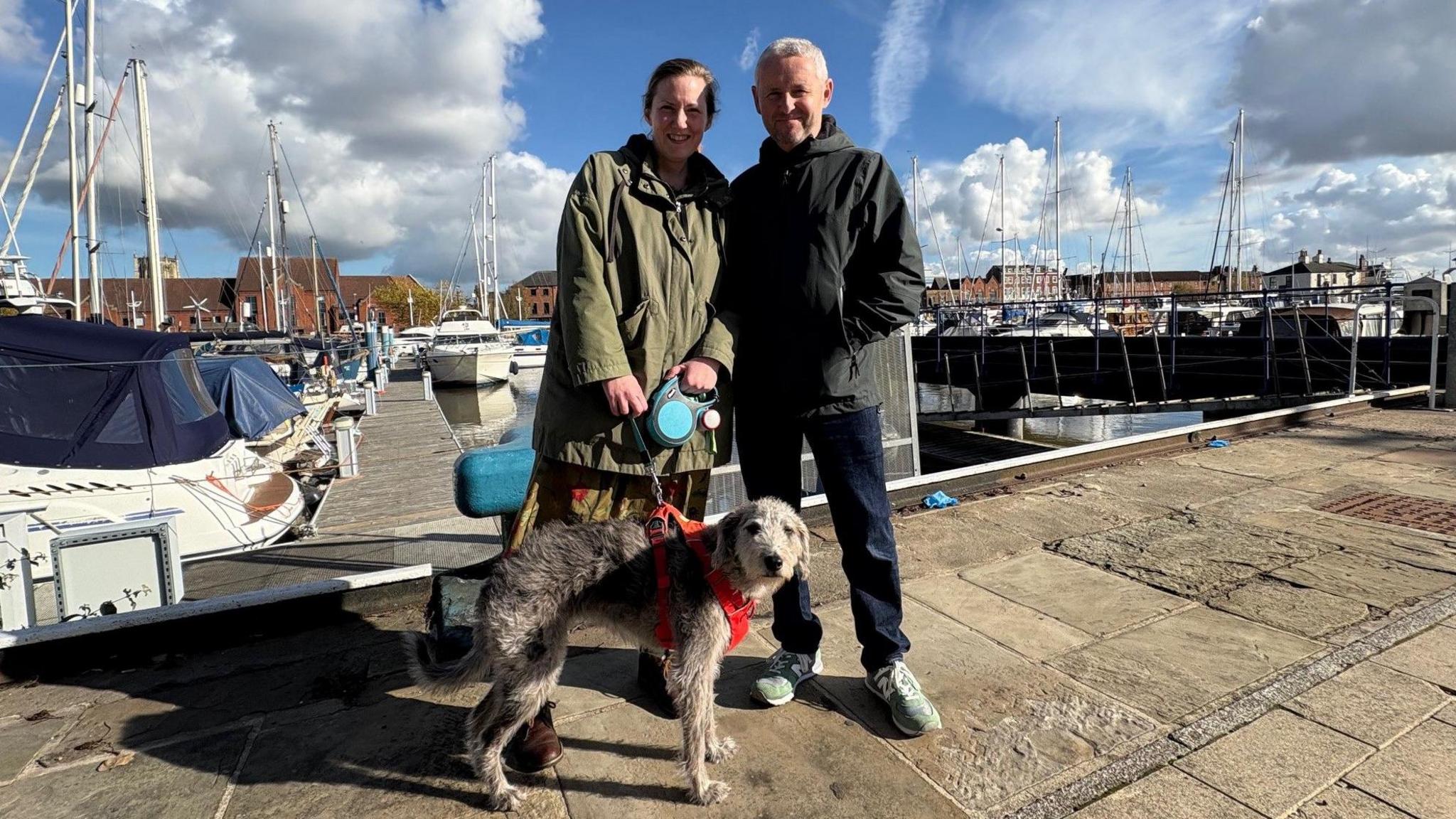
Rachel Welch, pictured with husband Sean, moved to Hull from the US
Further along the footpath around the old dock, I overhear an American accent. In 2013, Rachel Welch, 48, moved from Philadelphia to work at the University of Hull.
"The two places share something," she says. "They're a little bit gritty and the people are defensive of their city."
Her husband Sean, 60, admits he is "baffled" at learning Hull is considered a world gem.
"I am originally from Norfolk and moved here in 1986," he tells me. "Hull is not intimidating. That may not sound like praise but some larger cities, like Leeds and Manchester, can feel quite intimidating. Hull has a big town feel rather than a big city vibe."

David Hayes, with partner Danielle Mullan, says the city has plenty of attractions
David Hayes, 44, and his partner Danielle Mullan, 36, are tucking into pastries beside Murdoch's Connection – a footbridge spanning the A63 dual-carriageway, which opened four years ago to link the city centre with the waterfront.
"There's a real sense of community here," says Mr Hayes, who hails from Liverpool but now lives in Bransholme, one of the city's largest council estates. "I moved here 25 years ago and I can tell you the place has changed a lot."
He mentions The Deep, an award-winning aquarium, and the city's free museums, which "are great places to go with the kids".
Between mouthfuls of doughnut, Ms Mullan adds: "This is my favourite place in Hull. On a day like today, the sun shining, looking out at the boats, you could be anywhere."
Listen to highlights from Hull and East Yorkshire on BBC Sounds, watch the latest episode of Look North or tell us about a story you think we should be covering here, external.
Download the BBC News app from the App Store, external for iPhone and iPad or Google Play, external for Android devices
- Published18 February
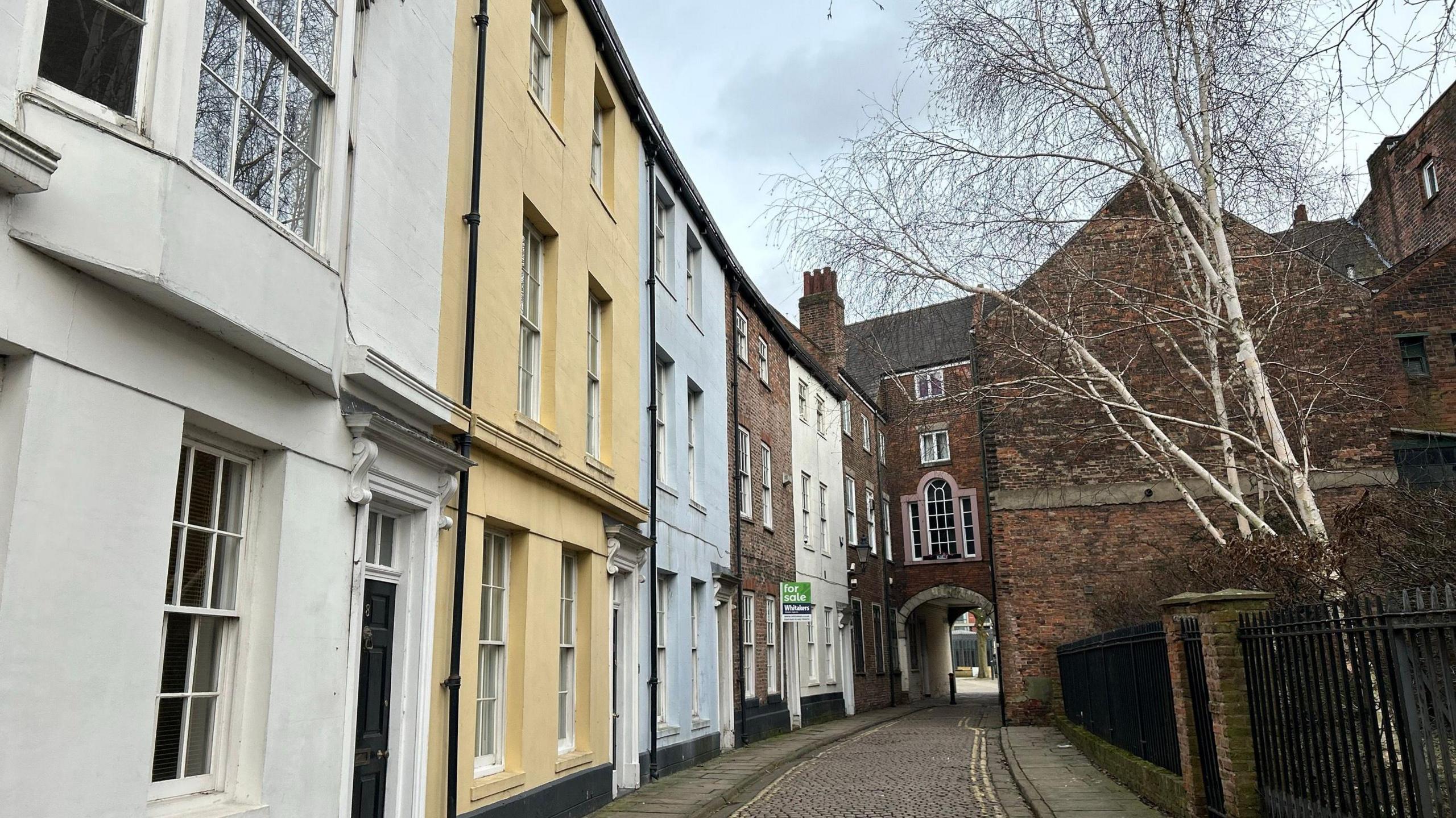
- Published7 March 2024
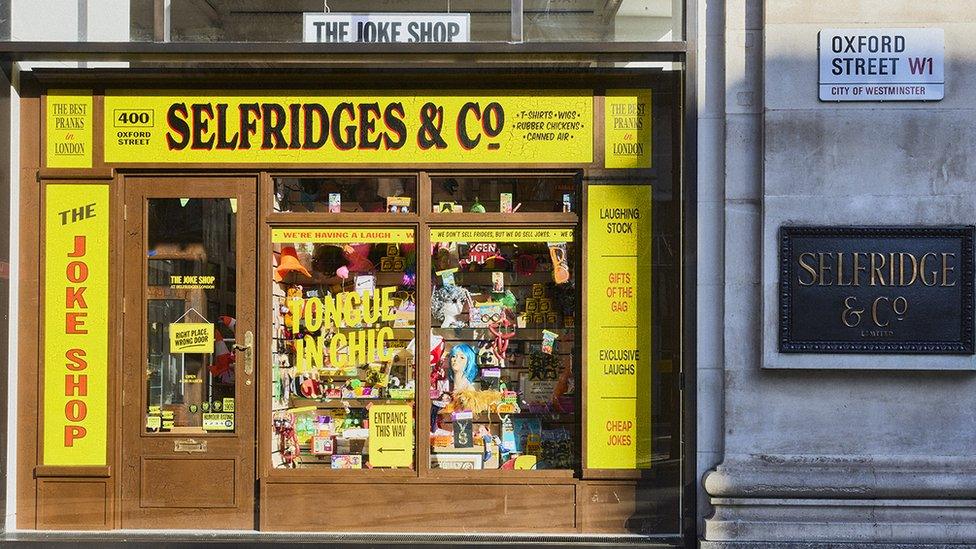
- Published20 November 2023
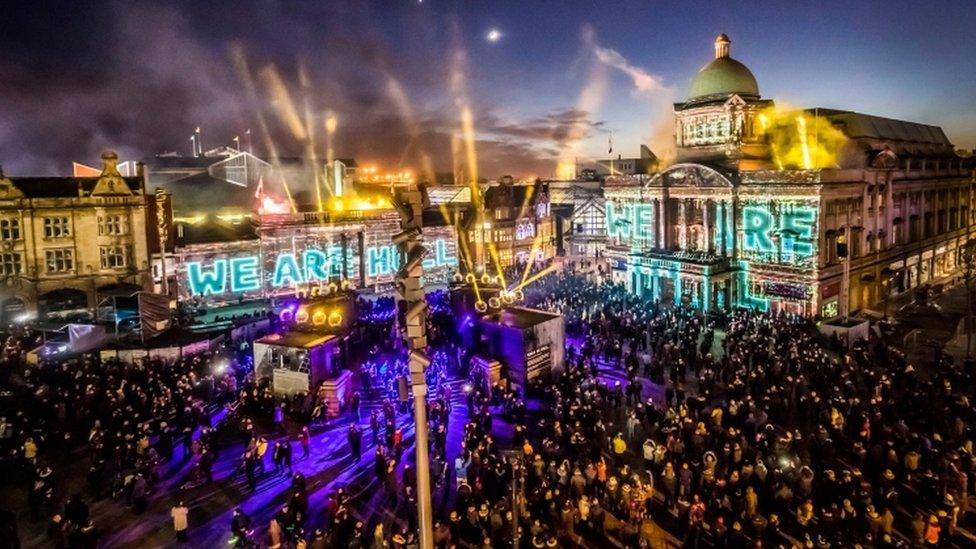
- Published12 October
